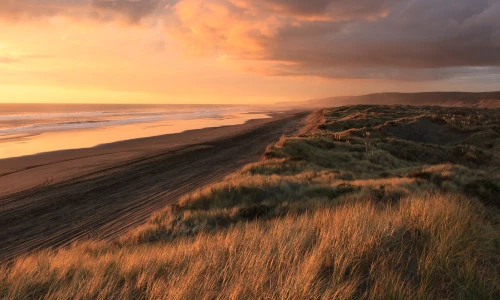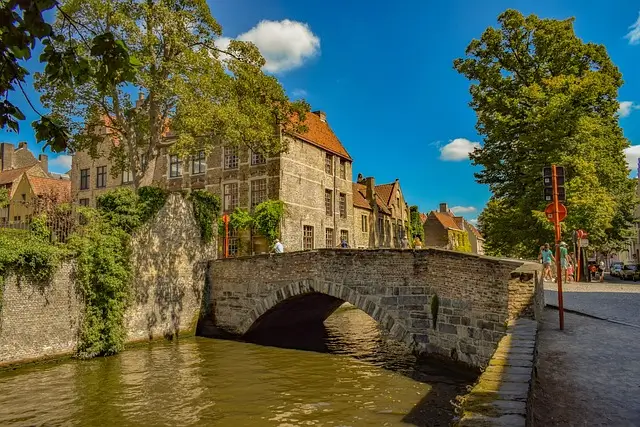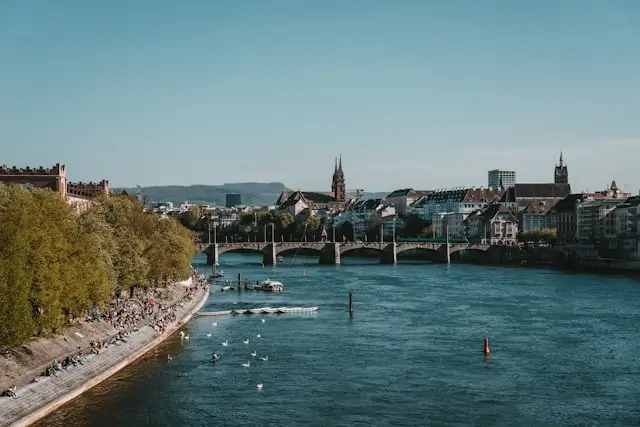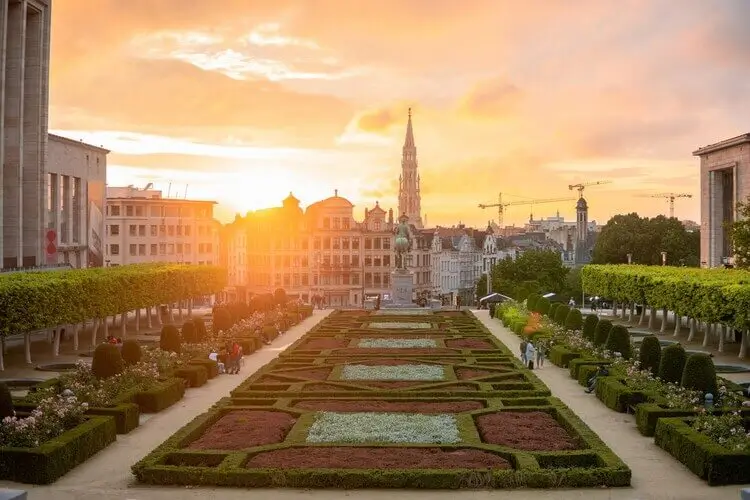The Art of Travel Photography: Capturing Moments that Bring your Adventures to Life
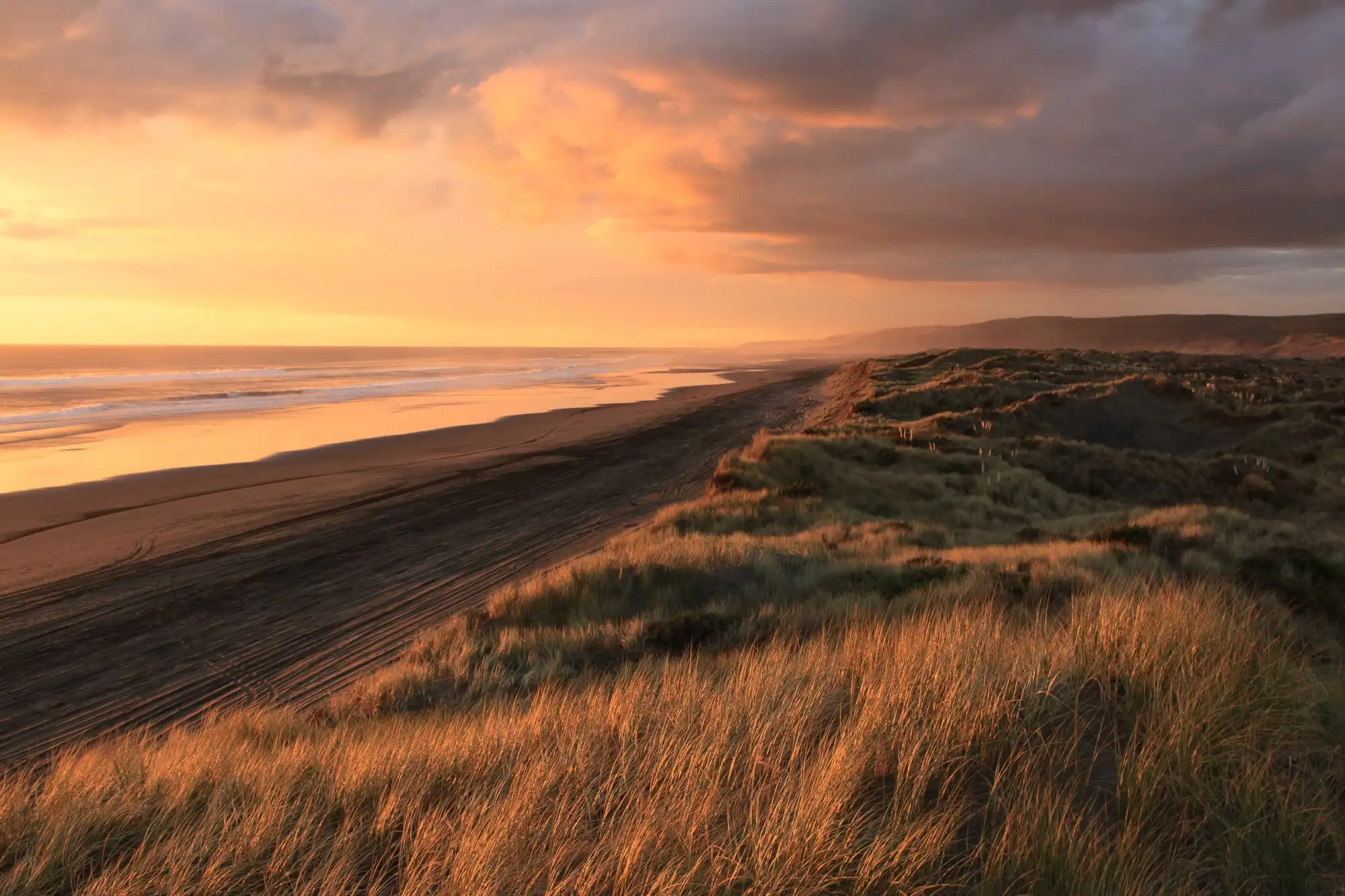 Travel Photography
Travel Photography"The world is a book, and those who do not travel read only one page." — Saint Augustine.
Are you a travel enthusiast who loves to explore the world, discover new places and create unforgettable memories? If so, you are living your life at its fullest. But are you capturing those beautiful moments, destinations and the people you are meeting with?
Travel photography is not just about taking pictures but it is a way of preserving the beautiful moments of your journey and sharing your travel experience and connecting deeply with other cultures.
Imagine that you are capturing the fleeting moments such as the golden glow of a sunset over a serene beach or bustling market that is alive and full of vibrant colors or the warm smile of a stranger. These are the living moments and full of emotional values that will remind you of the amazing experience over and over.
However to make good photos, you need some basic understanding, knowledge and practice. You can easily master the art of travel photography with some simple and easy tips.
In this article, we will provide you with some practical tips, essential gears and post processing techniques that you can use to improve your photography skills.
So let's get started!
Essential Gear for Travel Photography
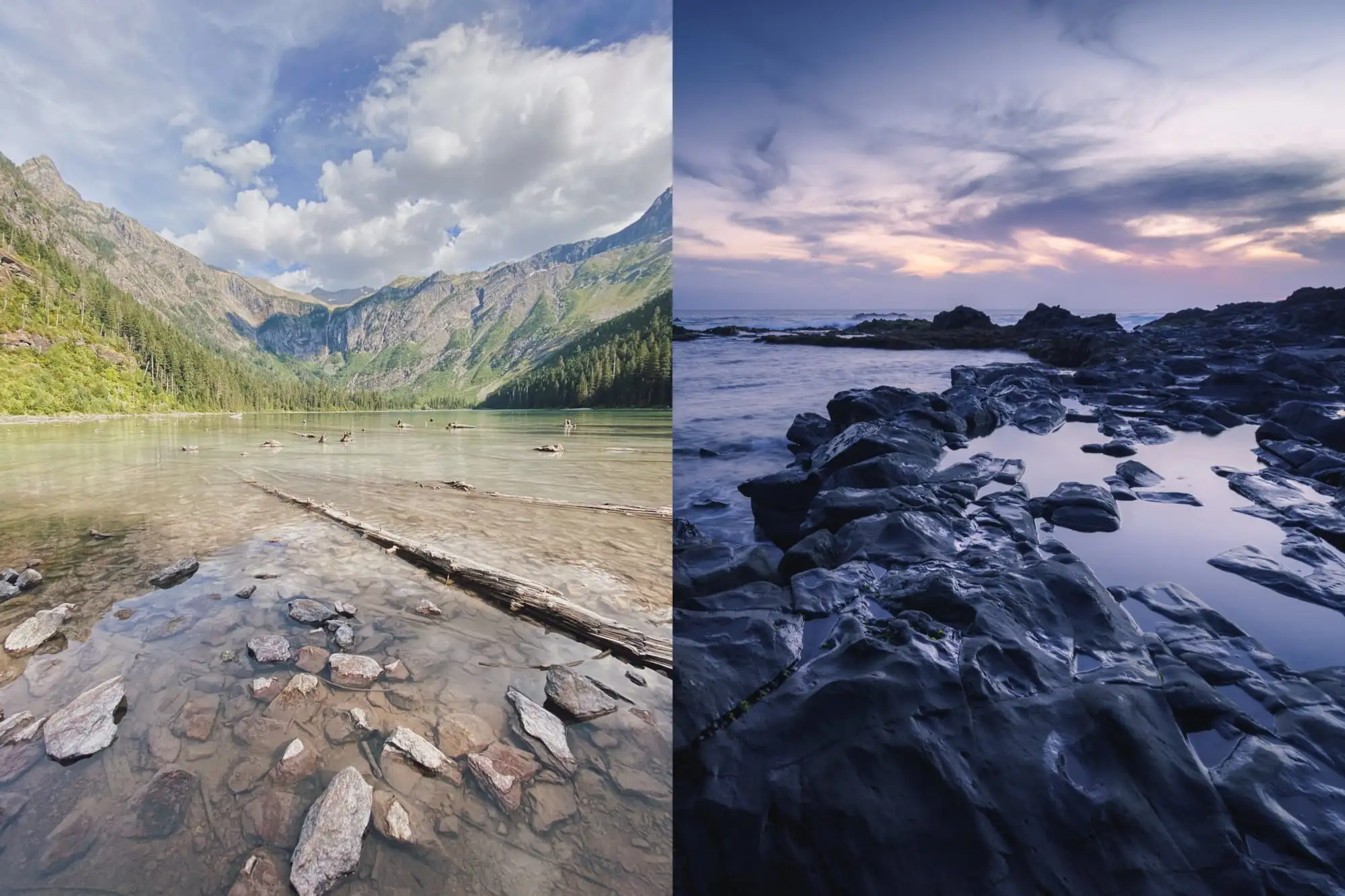 Essential Gear for Travel Photography
Essential Gear for Travel PhotographyBefore we share some practical tips about how to take great shots, it is important that you must have the right tool by your side. Because the right gear makes your travel photography easier and more exciting.
Below we’re mentioning some important gears and equipment that are necessary to master your travel photography skill and capture great moments.
- Camera: Camera is the most important gear and is the heart of travel photography. Whether you are choosing a DSLR, mirrorless or even a smartphone, make sure that it has a good quality camera.
- Lenses: Having a good camera, you need quality lenses as well. If you have a versatile zoom lens, it will cover wide angles and close ups. If you have a prime lens, it will help you take portraits and low light shorts.
- Tripod: If you are interested in night photography, long exposure or you want to take steady landscape shorts, then compact and lightweight tripods are necessary gear in your travel photography tool kit.
- Spare Batteries: You must have some separate batteries. When you are out of your camera charging, you have extra batteries so you don't miss capturing beautiful moments.
- Memory Cards: To store plenty of high resolution photos without the tension of running out of space, you must have high capacity fast memory cards.
- Camera Bag: Make sure that you have a waterproof and weatherproof camera bag so that all of your accessories stay safe and organized while you are moving.
- Cleaning Kit: If your lens is not clean, it will ruin your shots. So make sure that you are carrying a cleaning kit to clean your lenses from time to time.
- Portable Power Bank: If you are taking photos with your smartphone, you are probably using your battery at a faster pace. You must have a power bank fully charged that you can use to charge your smartphone 2 to 3 times.
The Art of Travel Photography : 7 Essential Tips
Travel photography is not just about taking pictures but it's a way of capturing the essence of your journey. You capture the most beautiful moments of your journey such as beautiful landscape, green meadows and waterfalls.
The right approach and strategy elevate the quality of your photos. Below we’re sharing 7 essential tips that will help you master the art of travel photography;
Understanding Light and Timing
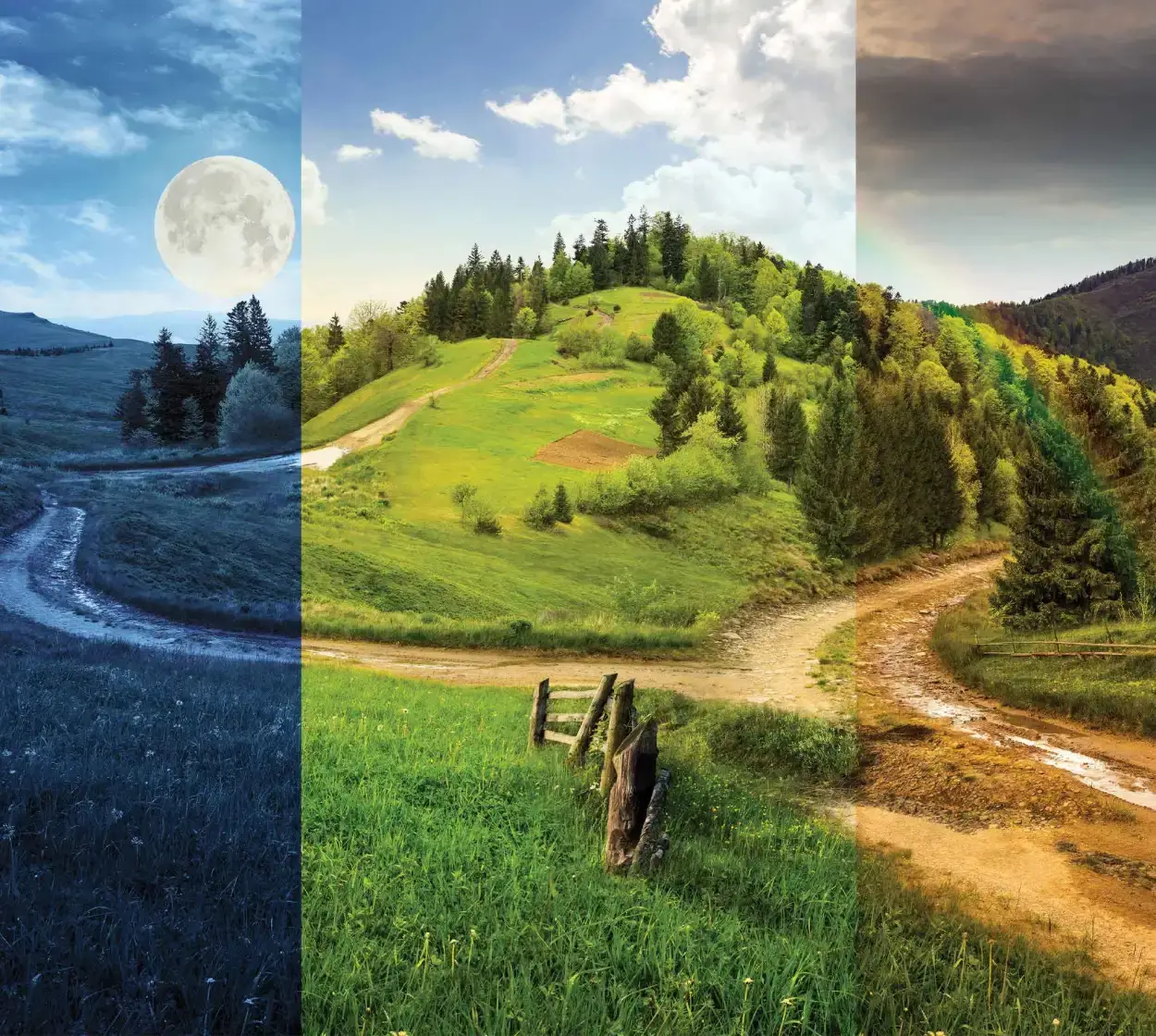 Lighting plays a critical role in photography
Lighting plays a critical role in photographyLighting plays a critical role in photography. The time just before sunrise and sunset provides soft and warm light and it is perfect for capturing breathtaking photos. Natural light provides ideal conditions for capturing landscapes and portraits but what if you have a tricky condition?
- Bright midday light: Look for shade to avoid harsh shadows.
- Cloudy days: Use the diffused light to add mood to your photos.
- Night photography: Use a tripod for steady long-exposure shots.
If you know the ideal time and light to capture a photo, you can even transform an ordinary photo into a masterpiece.
Composition Techniques
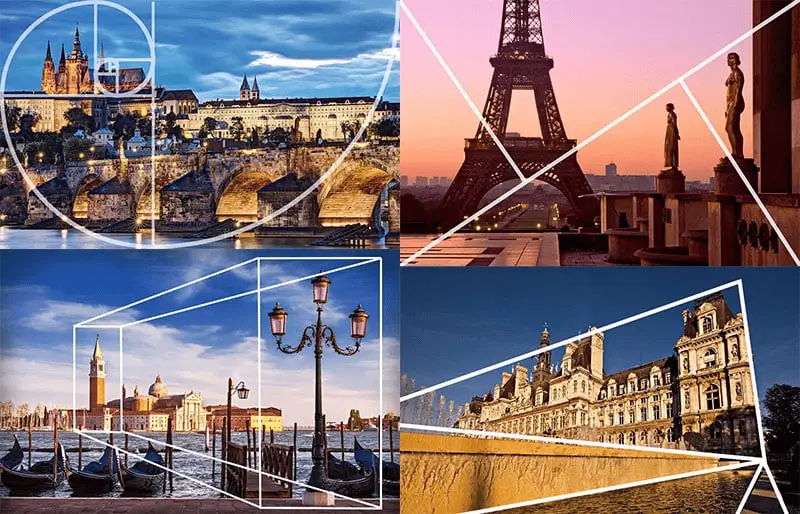 Composition Techniques in photography
Composition Techniques in photographyIf your photo is well composed, it draws the viewer’s eyes effortlessly. We are sharing some effective techniques to take a well composed photo. Here is how you can do this;
- Rule of thirds: Place your subject off-center for a balanced shot.
- Leading lines: Use elements like roads or rivers to guide the eye.
- Symmetry: Seek out reflections or architecture for a visually satisfying shot.
- Framing: Use natural elements like doorways or tree branches to add depth.
If you apply these techniques, you’ll make your photos more dynamic and memorable.
Capturing Stories Through Candid Shots
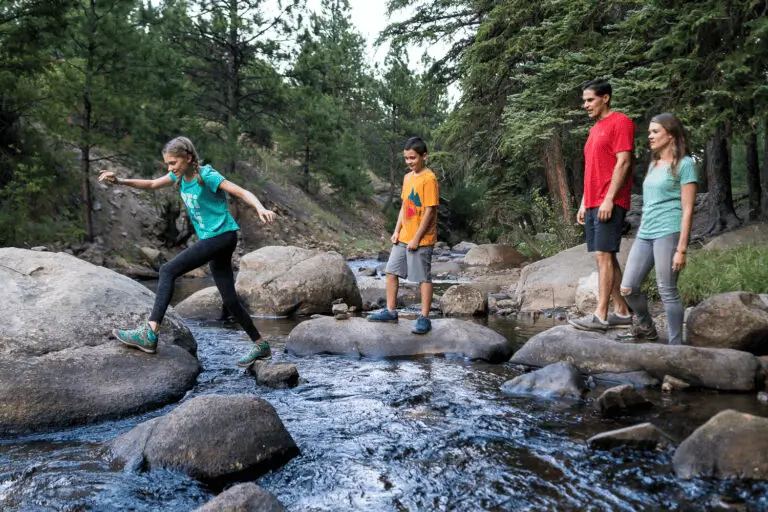 Capturing Stories Through Candid Shots
Capturing Stories Through Candid ShotsCandid photos are a great way of telling the most authentic stories. If you are capturing a bustling market or children playing in the street, taking shots of these moments adds life to your collection. If you want to take candid photos, here are some practical tips you must follow;
- Blend into your surroundings: Observe quietly and let moments unfold naturally.
- Use a zoom lens: Capture natural expressions from a distance.
- Respect privacy: Be unobtrusive, and always ask for permission when necessary.
Authentic, unposed photos often capture the true spirit of a place.
Working with Locals and Cultural Sensitivity
 Working with Locals and Cultural Sensitivity
Working with Locals and Cultural SensitivityEngaging with locals can add depth and meaning to your travel photos. Building connections with people helps you capture more intimate, authentic moments. Here’s how to do it respectfully:
Taking photos with the locals add meaning and realistic effect to your travel photos. When you build rapport with people, it helps you to capture more intimate and authentic moments. We are sharing some tips about how you can do it respectfully;
- Ask for permission: Always seek consent before taking portraits or photos of individuals.
- Respect cultural norms: Be aware of local customs and dress codes, especially when photographing religious sites or ceremonies.
- Build connections: A simple smile and a kind gesture can go a long way in earning trust and creating a meaningful photo.
When you connect with locals and take photos with them, your photo album not only looks more visually appealing but it also add cultural enrichment to your memories,
Creative Angles and Perspectives
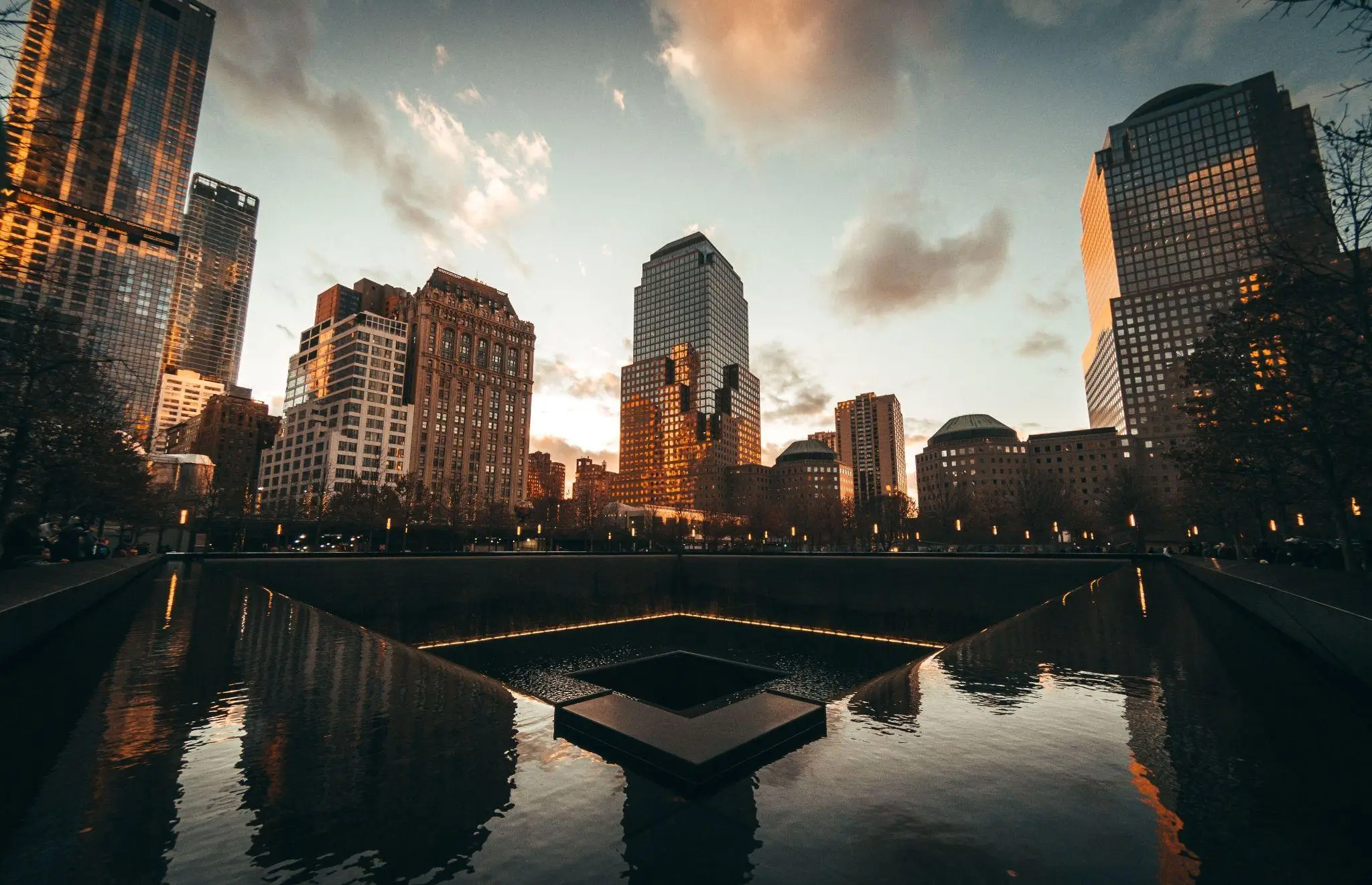 Creative Angles and Perspectives
Creative Angles and PerspectivesYou should try and experiment with different angles and perspectives to create unique shorts. A fresh viewpoint can bring new life to even the most iconic locations. Consider these ideas:
- Shoot from above: A bird’s-eye view can reveal patterns and textures often missed from ground level.
- Shoot from below: Looking up can add drama and depth, especially in architectural shots.
- Frame through objects: Shoot through windows, doors, or foliage to create interesting layers.
With the help of these creative angles, you can capture well known sights in a new and an exciting way.
Overcoming Common Challenges
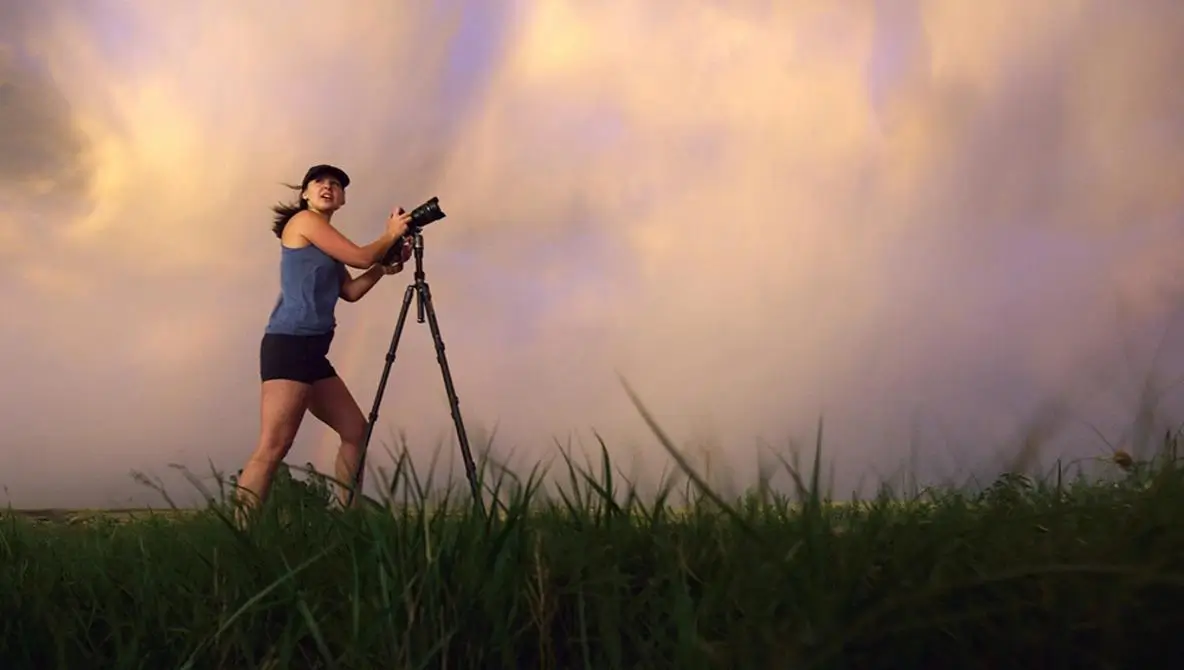 Overcoming Common Challenges
Overcoming Common ChallengesTravel photography is not just about taking random clicks but sometimes this activity is full of challenges as well. You have to face tough weather, crowds and sometimes unexpected situations will happen to test your skills. There are few tips to deal with unexpected hurdles;
- Plan ahead: Research your destination to understand the best times to shoot and avoid crowded spots.
- Patience is key: Wait for the perfect moment, whether it’s for the right light or to clear out a busy area.
- Improvise: When things don’t go as planned, you should be flexible.
When you will be prepared and ready to adopt, it will help you make the most of any situation.
Using Natural Elements to Enhance Photos
 Using Natural Elements to Enhance Photos
Using Natural Elements to Enhance PhotosTo add texture, context and interest in your travel photography, you should incorporate natural elements in your photos. Nature provides you with opportunities to better frame and highlight your subject. Consider these important tips about how you can use natural elements to improve your photos;
- Use reflections: Use reflections of landscape or cityscapes in water or glass to add depth and symmetry.
- Incorporate weather elements: Take help from weather elements such as rain, fog or wind that will help in creating a moody atmosphere in your photos.
- Frame with nature: Trees, rocks, and flowers can act as frames around your subject. This will add a sense of place and grounding the photo in its environment.
By using natural elements, you can tell a richer and more immersive story through your images.
Photo Editing: What Tools & Software are Recommended?
 Photo Editing Software
Photo Editing SoftwareSo you have just taken amazing shots, it's now the time to edit your photos because editing helps in fine tuning your photos and bring their true potential. The purpose of photo editing is not to change the authenticity of the moment but to just enhance the image quality.
Editing is an essential part in making your photos more appealing and optimized. Remember that the photo itself should be very well composed when it is taken. Editing facilitates the image in terms of adjusting light, sharpening the details and adding vibrancy to colors.
There are many excellent photo editing tools that you can find on desktop as well as on Play Store. Here are some popular photo editing tools that professional photographers use;
- Adobe Lightroom: Great for adjusting exposure, color correction, and creating presets.
- Adobe Photoshop: Perfect for advanced edits, such as removing distractions or combining multiple images.
- Snapseed: A user-friendly mobile app with a range of features like selective adjustments and filters.
- VSCO: Known for its film-like filters and easy-to-use interface, ideal for quick edits on the go.
Each of these tools offers different strengths. You can choose what best suits your needs and skill level.
Don’t Change the Actual Image: Avoiding Over-Editing
While editing helps in improving the image in terms of brightness, colors and vibrance of image, over editing can kill your photo and make it unrealistic.
Don't add too many filters, increase saturation or excessively sharpen your image because it will make the scene very artificial and fake.
When you are editing your travel images, make sure that you preserve the natural look of your photos. Your purpose should be to adjust the image without altering its original moment.
Conclusion: Capturing the World Through Your Lens
Travel Geography is not just about taking random shorts but it is a great way of preserving memories, telling your travel stories and sharing the beauty of attractions and destinations that you have visited.
Photos have the power to bring the adventure to life. Take the shots that are meaningful to you and experiment with different techniques and make sure that your photos speak for themselves. Every photo you take should tell its unique story.
Next time when you go traveling, follow the tips mentioned in this guide to improve your travel photography and capture the essence of your travel in a camera. Your next adventure is waiting to be captured.
